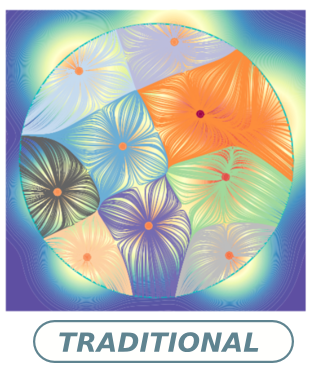When you can’t count, sample!
Computable entropies beyond equilibrium from basin volumes
DOI:
https://doi.org/10.4279/pip.150001Keywords:
Entropy, Basins of attraction, Nonequilibrium, Granular, Dynamical SystemsAbstract
In statistical mechanics, measuring the number of available states and their probabilities, and thus the system’s entropy, enables the prediction of the macroscopic properties of a physical system at equilibrium. This predictive capacity hinges on the knowledge of the a priori probabilities of observing the states of the system, given by the Boltzmann distribution. Unfortunately, the successes of equilibrium statistical mechanics are hard
to replicate out of equilibrium, where the a priori probabilities of observing states are, in general, not known, precluding the naı̈ve application of common tools. In the last decade, exciting developments have occurred that enable direct numerical estimation of the entropy and density of states of athermal and non-equilibrium systems, thanks to significant methodological advances in the computation of the volume of high-dimensional basins of attraction. Here, we provide a detailed account of these methods, underscoring the challenges present in such estimations, recent progress on the matter, and promising directions for future work.

Downloads
Published
How to Cite
Issue
Section
License
Copyright (c) 2023 Stefano Martiniani, Mathias Casiulis

This work is licensed under a Creative Commons Attribution 4.0 International License.
Authors agree to the PIP Copyleft Notice













